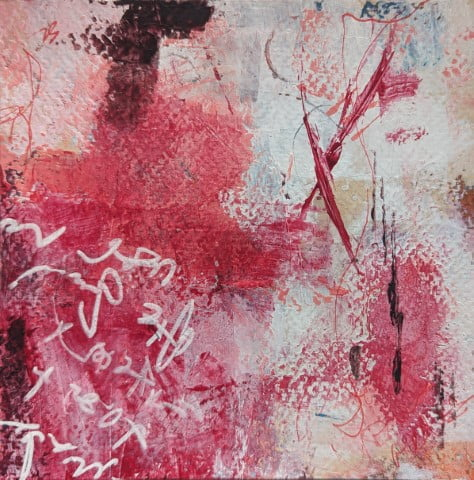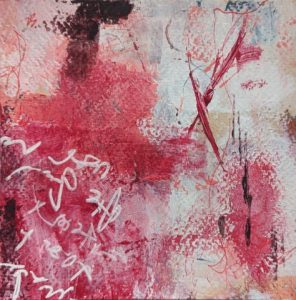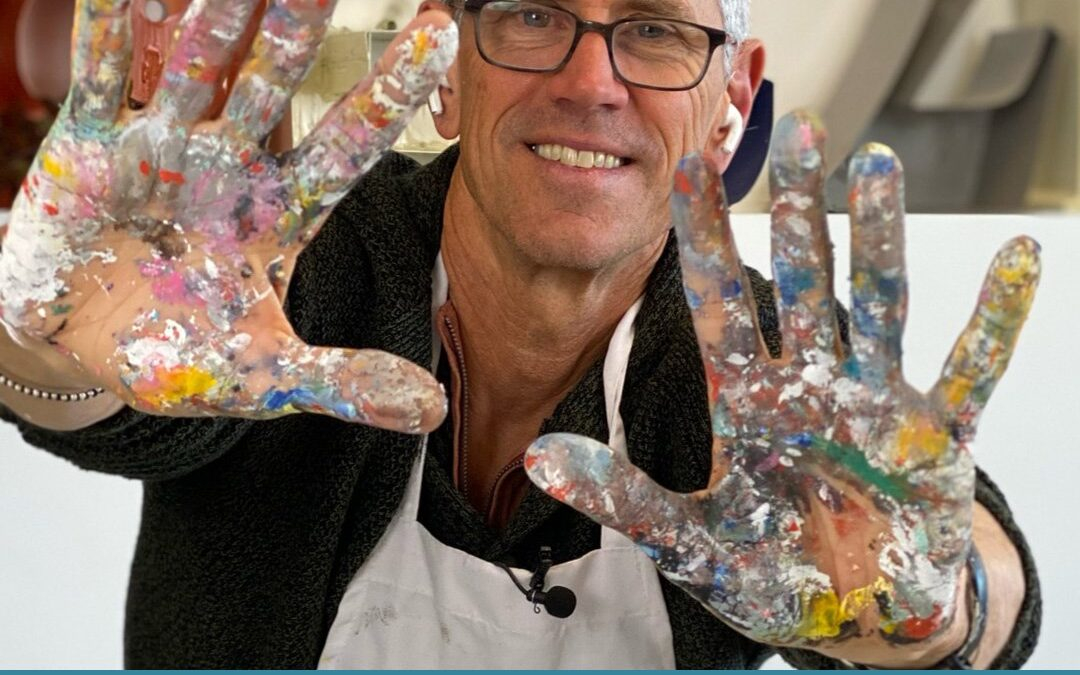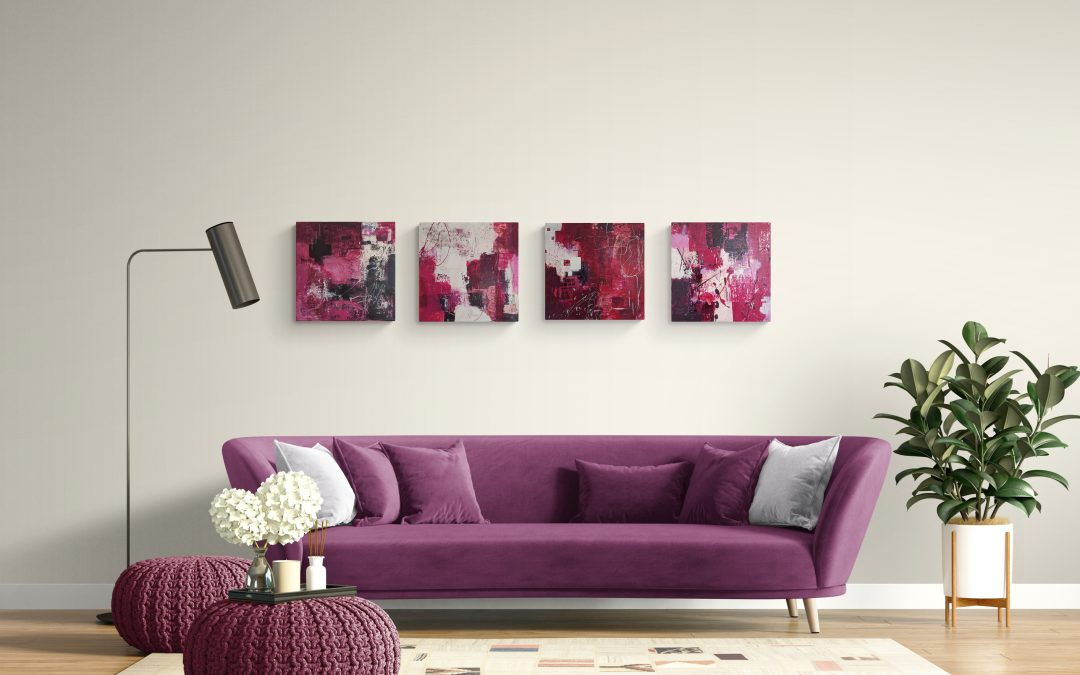
Using the Emotional Impact of Contemporary Abstract Art to Elevate Your Space
Understanding Contemporary Abstract Art
Contemporary abstract art represents a significant departure from traditional art forms, focusing on the use of shapes, colors, and forms to express emotions and ideas rather than depicting recognizable subjects. This artistic movement emerged in the late 19th and early 20th centuries, gaining momentum through the work of pioneers such as Vasily Kandinsky and Piet Mondrian, who sought to discover the power of color and form in conveying deeper meanings. In contrast to classical art, which often aimed for realism and detailed representation, contemporary abstract art embraces abstraction, allowing viewers to engage their imaginations and emotions in diverse ways.
Modern artists employ a multitude of styles and techniques within the realm of contemporary abstract art, which in turn elevates its expressive capacity. Techniques such as gestural painting, which emphasizes spontaneous brushwork, or the use of mixed media to incorporate varied materials, contribute to a richer visual experience. Moreover, styles such as minimalism, post-painterly abstraction, and colour field painting establish a framework within which artists can explore themes of perception, perception of space, and emotional resonance. By breaking from traditional constraints, these artists invite audiences to interpret works based on their subjective experiences.
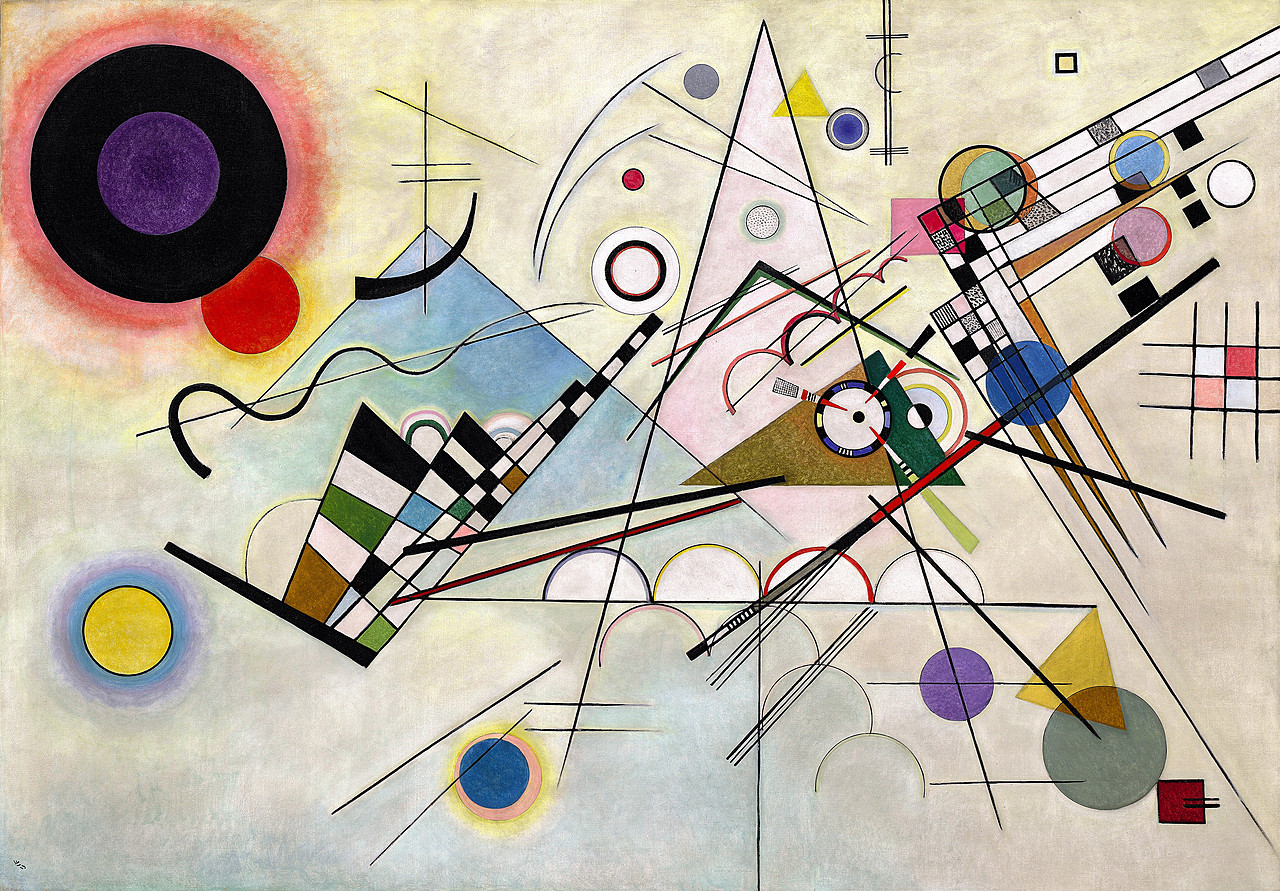
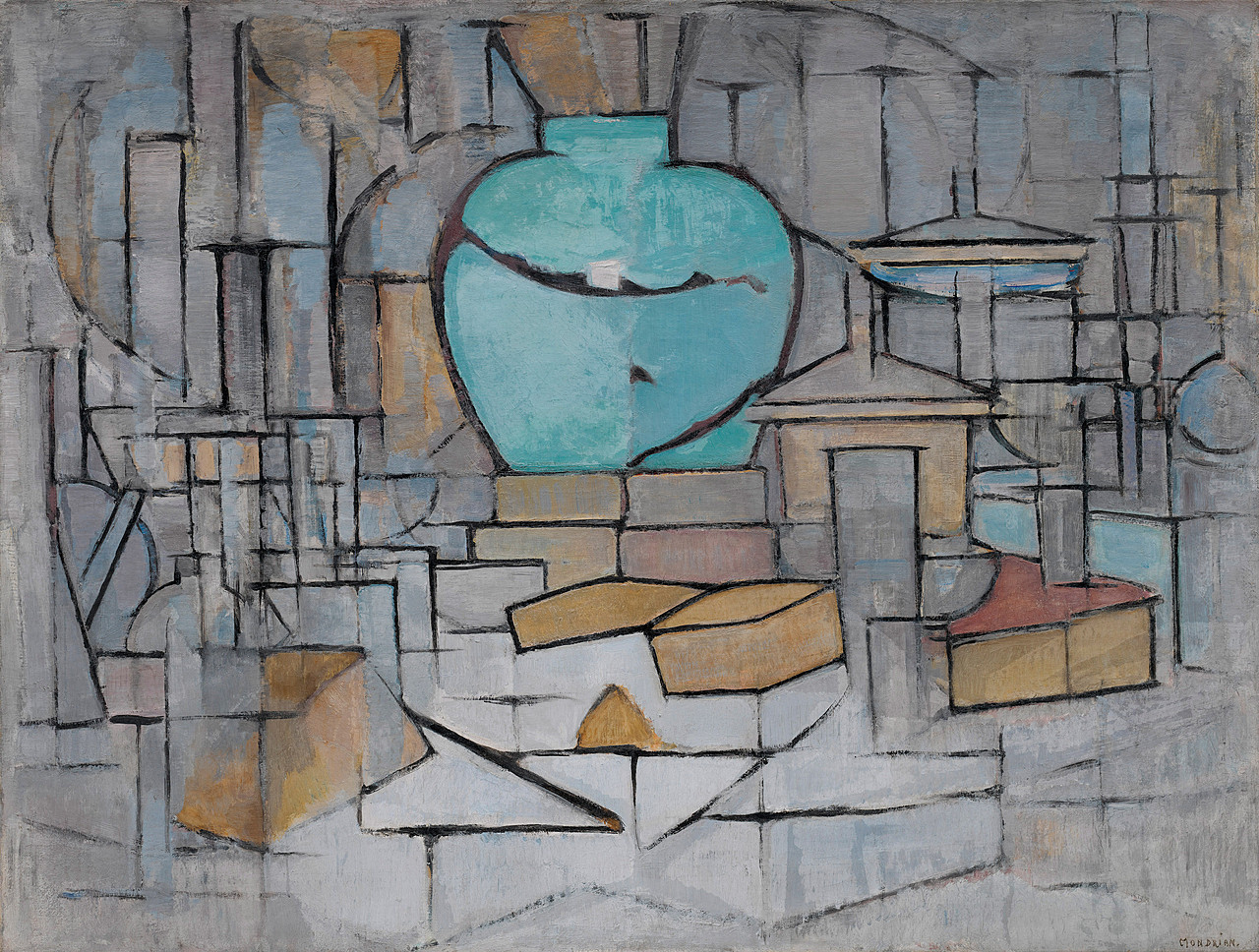
One of the most compelling aspects of contemporary abstract art is its ability to elicit complex emotional responses, making it a powerful choice for home decor. Whether through bold color contrasts or intricate layering, these artworks can influence mood and atmosphere within a space, creating an environment that resonates with personal feelings and beliefs. As a result, incorporating contemporary abstract art into home design not only adds visual interest but also fosters an emotional connection to the space, enhancing the overall aesthetic and enjoyment of the surroundings.
The Emotional Resonance of Abstract Art
Contemporary abstract art serves as a profound conduit for emotional expression, evoking a spectrum of feelings in viewers that can range from joy to introspection. This art form strips away literal representation, allowing individuals to immerse themselves in shapes, colours, and textures that resonate with their personal experiences. The absence of recognizable figures in abstract works encourages viewers to draw their interpretations, which can lead to deeply personal emotional reactions.
Colour plays a crucial role in altering mood and atmosphere. For instance, vibrant reds and yellows may elicit feelings of energy and excitement, while blues and greens often promote calmness and tranquillity. Each hue comes with its psychological associations; warm colours are typically energizing, while cool colours tend to soothe, making the strategic use of colour in abstract art essential for evoking the desired emotional response. Research supports these ideas, suggesting that specific colours can significantly impact our mood and emotional well-being.
Shapes and forms also contribute to the emotional landscape created by contemporary abstract art. Jagged edges may induce a sense of chaos or tension, while smooth curves often resonate with comfort and ease. The texture of the artwork, whether it is layered, flat, rough, or polished, adds another layer to the viewer’s experience. The interplay of these elements creates a dynamic environment that transforms a mundane room into a sanctuary for reflection or joy.
Personal stories abound regarding the transformative power of abstract art. For instance, a visitor to my market stall spun around and declared “I love your work because it makes me feel free!”. This illustrates how contemporary abstract art can not only enhance the aesthetic of a space, but also significantly influence the emotional well-being of those who engage with it. The unique ability of abstract art to resonate emotionally makes it a powerful tool for transformation within any environment.
Transforming Your Space with My Art
Choosing art to enhance your home can significantly impact the atmosphere and emotional resonance of your living spaces. The first step in this transformative journey is to reflect on your personal style and emotional needs. Consider the moods you wish to evoke in each room. For instance, if you want to create a calm and serene environment in your bedroom, look for pieces that feature cool tones and fluid shapes, which can inspire tranquillity.
To incorporate abstract art effectively, evaluate the space where you plan to display it. A large, vibrant piece can serve as a focal point in a spacious living room, drawing the eye and instilling energy into the room. For smaller areas, such as a cozy reading nook, opt for a series of smaller works that can be arranged in a gallery style on the wall. This approach not only enhances visual interest but also invites curiosity and exploration.
When selecting artwork, consider my available* pieces to find those that resonate with your aesthetic. For example, “Spring fever” with its vivid yellow greens, slightly jarring colour contrast and scratchy plant drawings, may invigorate a workspace, stimulating creativity and focus. Alternatively “Nearer to humanity” has many similar colours, but evokes a sense of calm with its more flowing forms and soothing colour palette, perfect for a space intended for relaxation.
Incorporating contemporary abstract art is about more than decoration; it is an opportunity to express personal emotions and create a nurturing environment within your home. By thoughtfully choosing pieces that align with your taste, you cultivate an atmosphere that feels distinctly yours, ultimately transforming both your space and experience.
* These original works are available at the time of writing this post. Of course I cannot guarantee their availability when you are reading!




